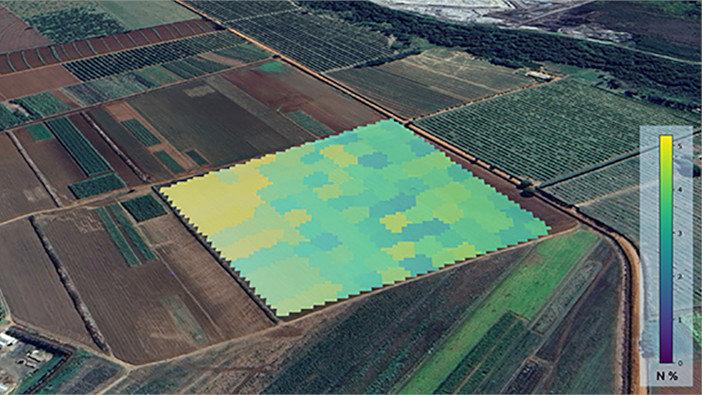After processing thousands of wheat samples, Eurofins Agro Testing is reporting that hyperspectral satellite testing is an accurate method of testing nitrogen concentrations.
The company has worked with agri-tech start-up Messium to benchmark samples supplied.
“At Messium we are using hyperspectral imaging to measure the biochemistry of crops, starting with nitrogen as the most critical nutrient for influencing yield and quality,” explains Messium’s Spencer Terry.
“It is the first time the nitrogen concentration of wheat has been measured in this way, and, to prove our concept, we partnered with Eurofins to validate our solution on a global scale.”
Results were compared to conventional near infrared spectroscopy (NIRS) laboratory tests and have demonstrated parity between the two methods.
“The test results are confirming our expectations, helping us validate our technology and refining our machine learning model. We are confident that we’re on track to reach a 90% accuracy level compared to lab tests, which is accelerating our commercial readiness,” he says.
Measurements have since been integrated into Messium’s database, which it says will help its machine-learning model to validate satellite insights.
“With every comparison our system learns more about how the nitrogen concentration and biomass of a sample relate to the satellite imagery, which is helping it to learn.
“The test results from Eurofins are key for the final step in our R&D process, which is validation at scale, following this we will no longer need to benchmark our results with those of a laboratory.”
Eurofins’ Shane Brewer has been managing the project and processing the thousands of tests. “These tests can be run on any crop using a Dumas nitrogen analyser to test the nitrogen concentration of the sample. These results represent a very positive outcome for this new technology and validate its accuracy as an alternative way to measure crops in the future.”


